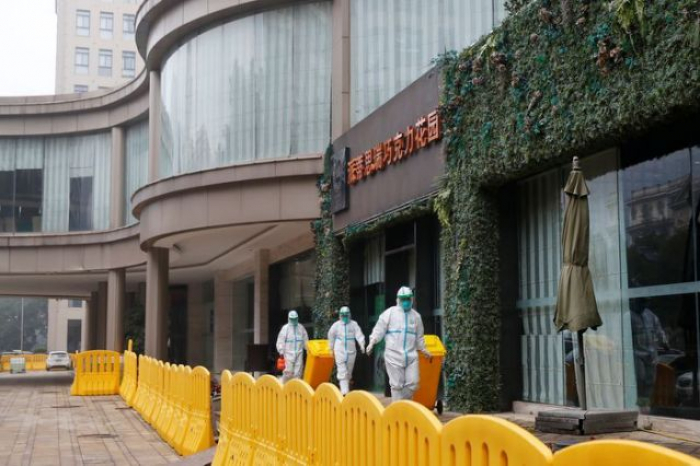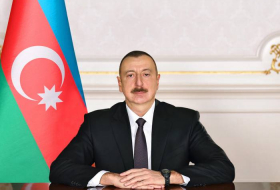The mission has been plagued by delay, concerns over access and bickering between China and the United States, which has accused Beijing of hiding the extent of the initial outbreak and has criticised the terms of the visit, under which Chinese experts conducted the first phase of research.
“Slightly sad to say goodbye to my ‘gym’ & my ‘office’ where I’ve been holed up for last 2 wks!!,” team member Peter Daszak tweeted, along with photos of exercise equipment and a desk in his hotel room.
“Moving into next phase of work now w/@WHO mission team & China counterparts,” he said.
The team, which worked by videoconference while in quarantine, is led by Peter Ben Embarek, the WHO’s top expert on animal diseases that cross to other species, and is expected to remain in China for two more weeks.
The WHO has tried to manage expectations for the investigation.
“There are no guarantees of answers,” WHO emergency chief Mike Ryan told reporters earlier this month. “It is a difficult task to fully establish the origins and sometimes it can take two or three or four attempts to be able to do that in different settings.”
The origins of COVID-19 have been highly politicised.
The investigating team had been set to arrive in Wuhan earlier in January, and China’s delay of their visit drew rare public criticism from the head of the WHO, which former U.S. President Donald Trump accused of being “China-centric” early in the outbreak.
China has been pushing a narrative that the virus existed abroad before it was discovered in Wuhan, with state media citing the presence of the virus on imported frozen food packaging and scientific papers claiming it had been circulating in Europe in 2019.
China’s foreign ministry has also hinted on several occasions that the sudden closure of the U.S. army laboratory at Fort Detrick in July 2019 is linked to the COVID-19 pandemic outbreak.
More about: #WHO
















































